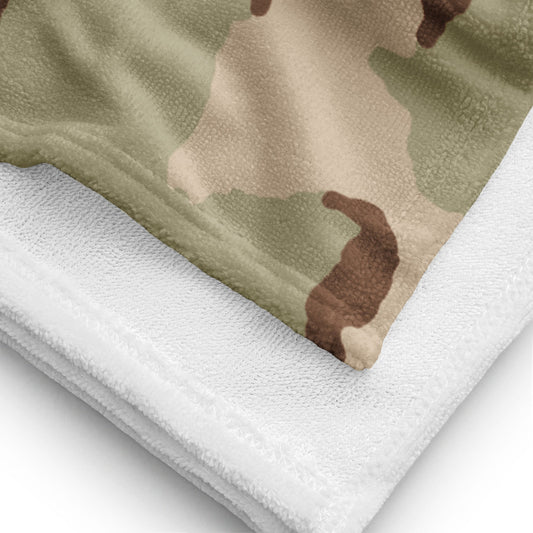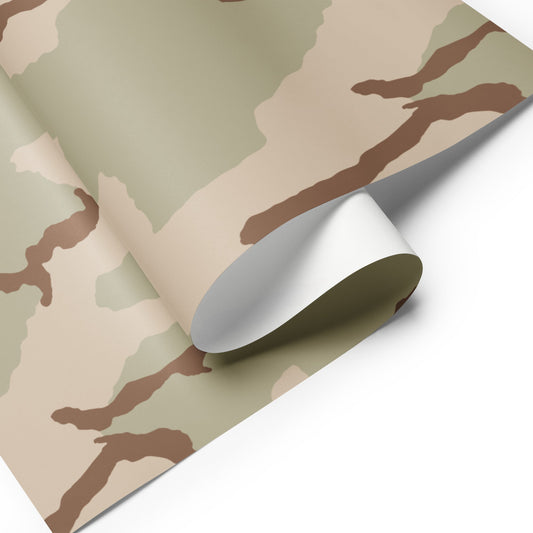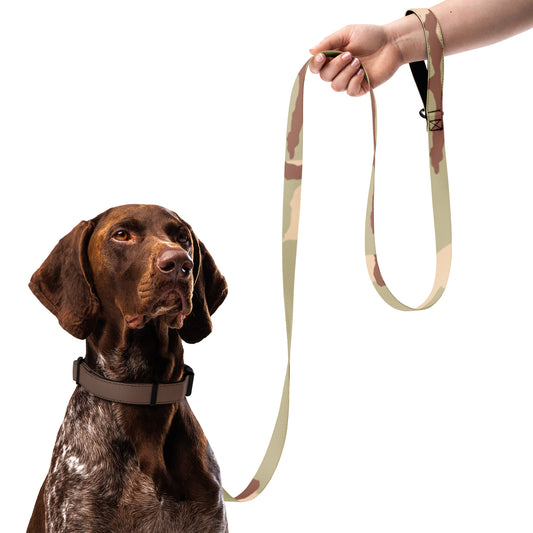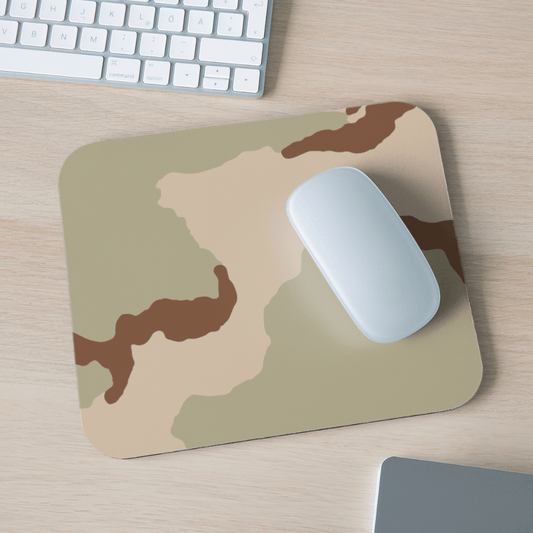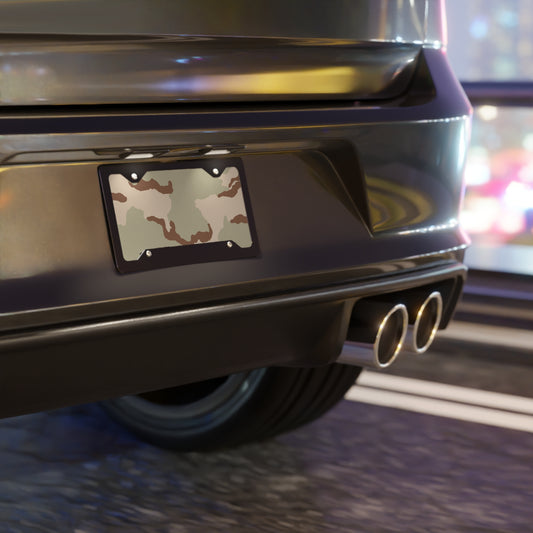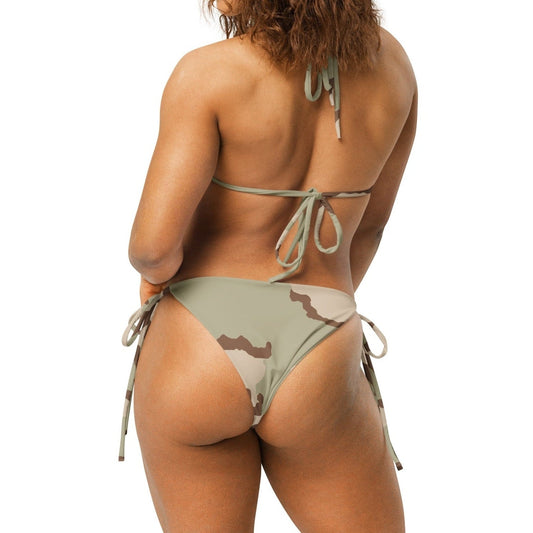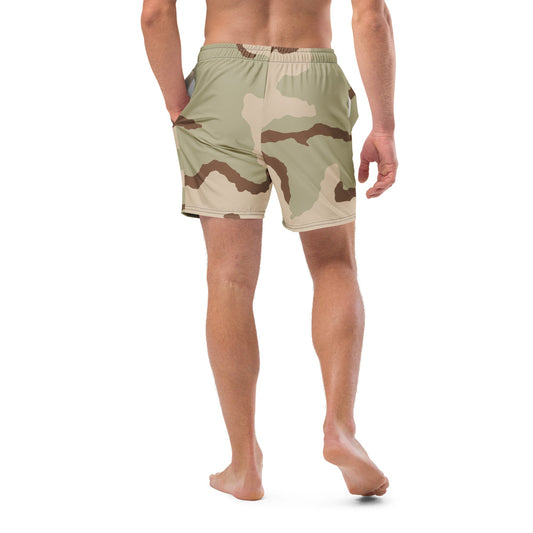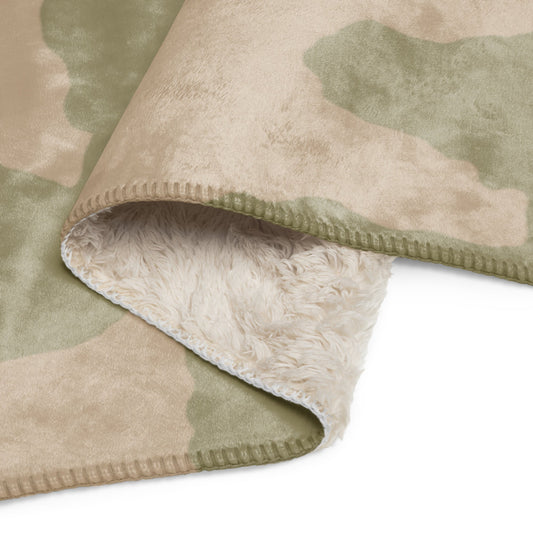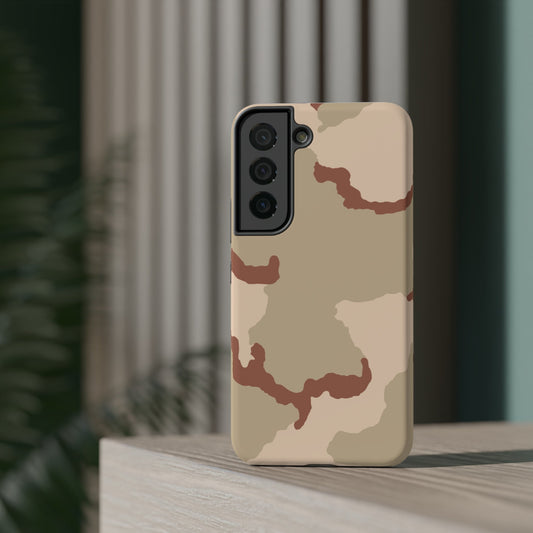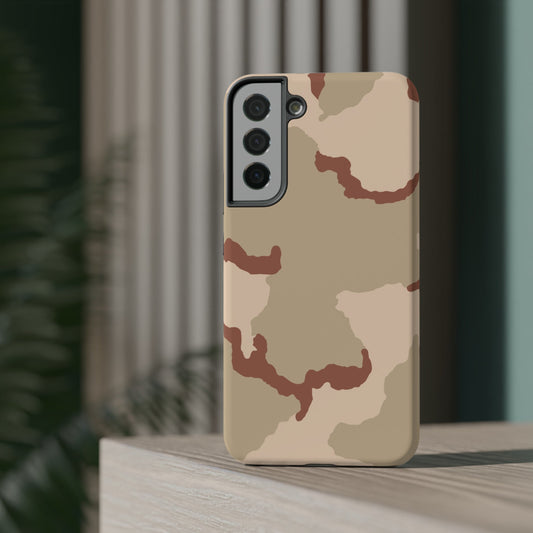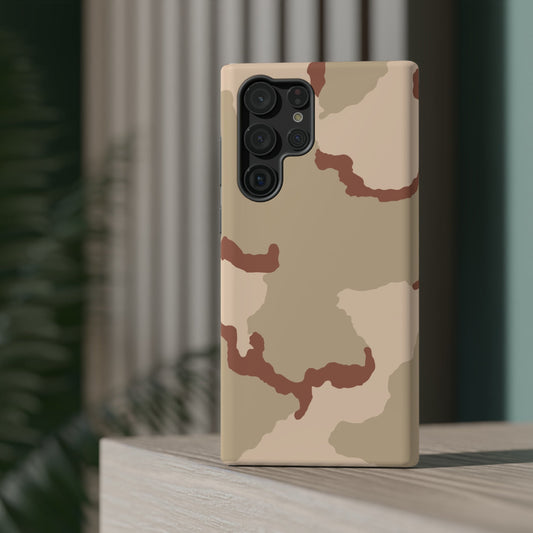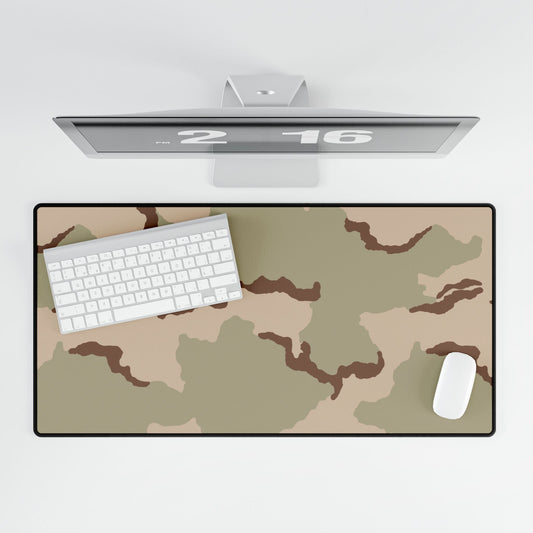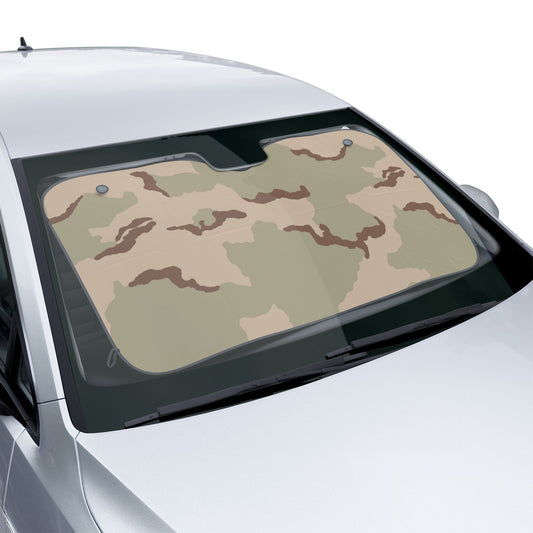After its introduction, the DCU quickly became the standard combat uniform for U.S. forces operating in desert regions. It saw extensive use during the Gulf War, where its effectiveness was validated in real combat conditions. Throughout the 1990s and early 2000s, it remained the primary uniform for deployments in the Middle East, Afghanistan, and other arid theaters. The DCU was widely recognized for its practicality, and its three-color palette made it adaptable across multiple types of desert terrain, from sand dunes to rocky outcroppings.
Over time, however, the need for a more universal camouflage solution led to its replacement. By the late 2000s, the DCU was phased out in favor of the Army Combat Uniform (ACU), first issued with the Universal Camouflage Pattern (UCP) and later updated to the more effective Operational Camouflage Pattern (OCP). Despite being retired, the DCU remains a significant milestone in U.S. camouflage development. Collectors, historians, and surplus markets continue to prize it both for its association with the Gulf War and early War on Terror deployments, and for its place in the ongoing evolution of modern military camouflage.
The legacy of the DCU lies not only in its service record but also in its design philosophy: a practical solution that balanced concealment, comfort, and adaptability for one of the most demanding operational environments faced by modern armed forces.



